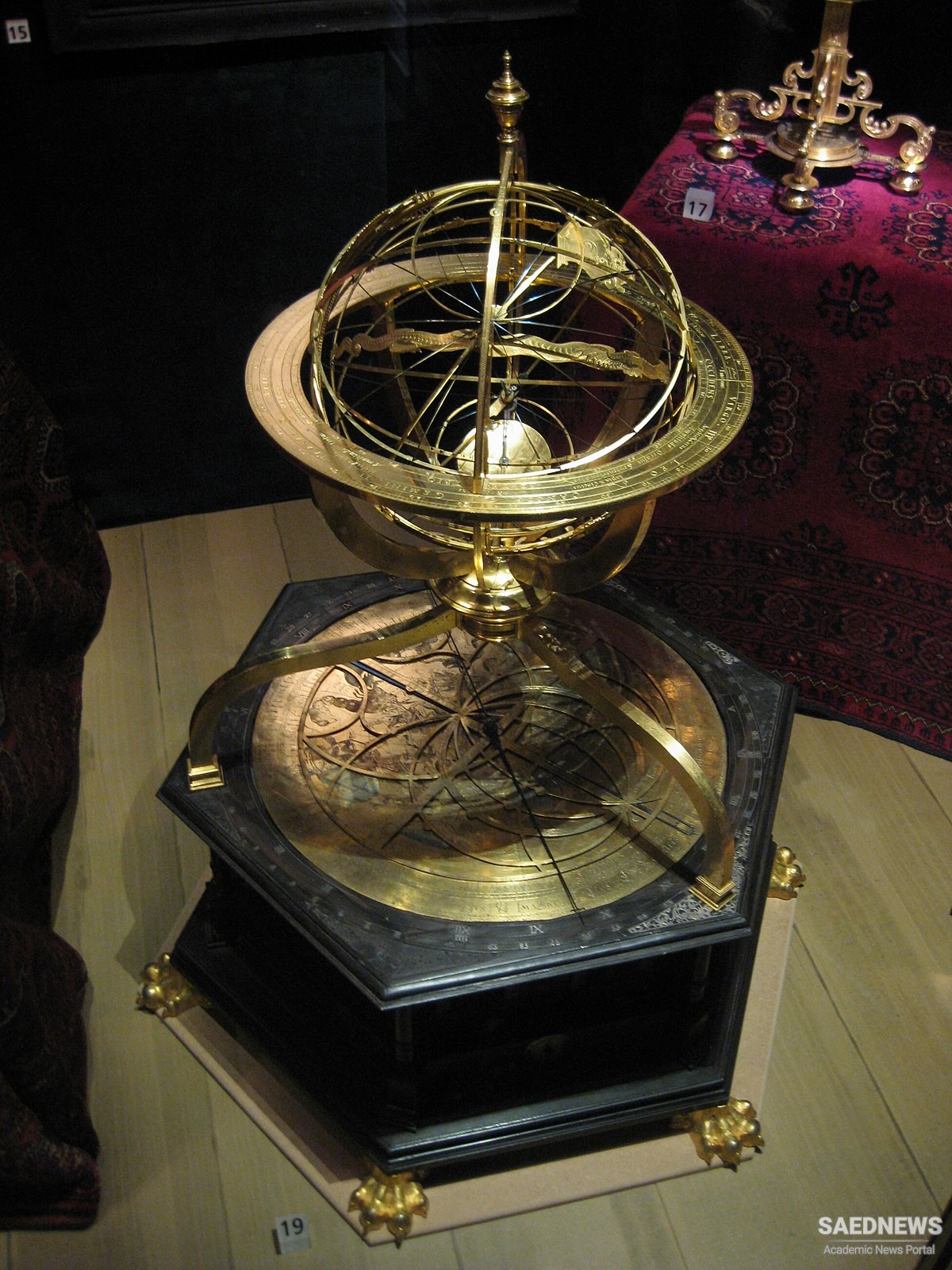He flourished in Baghdad, and died a centenarian after 869. He worked under the Abbasid caliphs al-Ma'mun and al-Mu'tasim. He made observations from 100 to 2035, and compiled three astronomical tables: the first were still in the Hindu manner; the second, called the 'tested" tables, were the most important; they are likely identical with the "Ma'munic" or "Arabic" tables and may be a collective work of al-Ma'mun's astronomers; the third, called tables of the Shah, were smaller.
Apropos of the solar eclipse of 829, Habash gives us the first instance of a determination of time by an altitude (in this case, of the sun); a method which was generally adopted by Muslim astronomers.
In 830, he seems to have introduced the notion of "shadow", umbra (versa), equivalent to our tangent in trigonometry, and he compiled a table of such shadows which seems to be the earliest of its kind. He also introduced the cotangent, and produced the first tables of for it.


 Abu Bakr Muhammad Ibn Zakaryya Al-Razi Better Known as Rhazes
Abu Bakr Muhammad Ibn Zakaryya Al-Razi Better Known as Rhazes















































June 10, 2022
February 10, 2022
February 10, 2022
February 10, 2022
February 10, 2022